Last updated on June 23rd, 2022
1. Denali National Park was the first Alaskan national park to be created. Naturalist Charles Sheldon, inspired by the beauty of the Toklat River, spent years lobbying for legislation to create the park which was finally established 11 years later in 1917 and was named Mount McKinley National Park.
2. The Denali National Park and Preserve is located in the central area of the Alaska Range, which is a mountain chain extending 600 miles across the middle of Alaska with its best-known geologic feature being the Denali mountain and mainly characterized by harsh tundra.
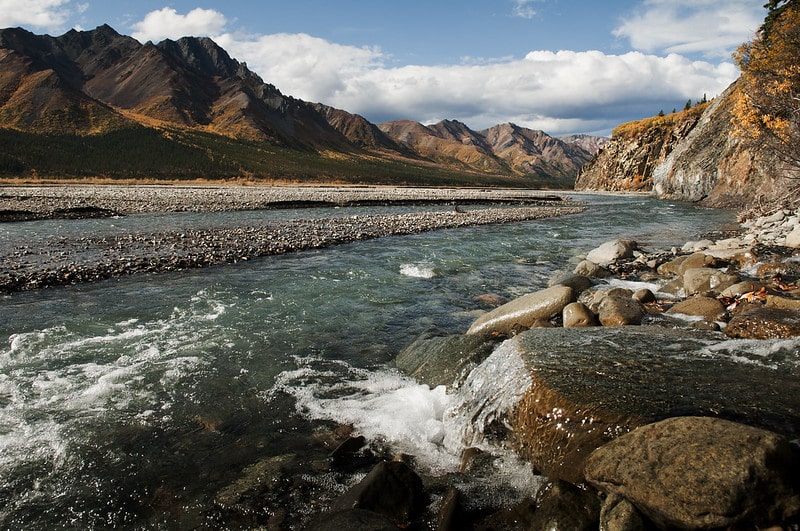
3. Evidence of human habitation in the Denali Region has been dated to over 11,000 years ago and includes documented sites that are located near the park boundaries that date back more than 8,000 years.
4. There are, however, only a few archaeological sites that have been documented inside the actual park boundaries. This is probably a result of the region’s high elevation, which produces harsh winter conditions and offer scarce food resources compared to lower elevations in the area.
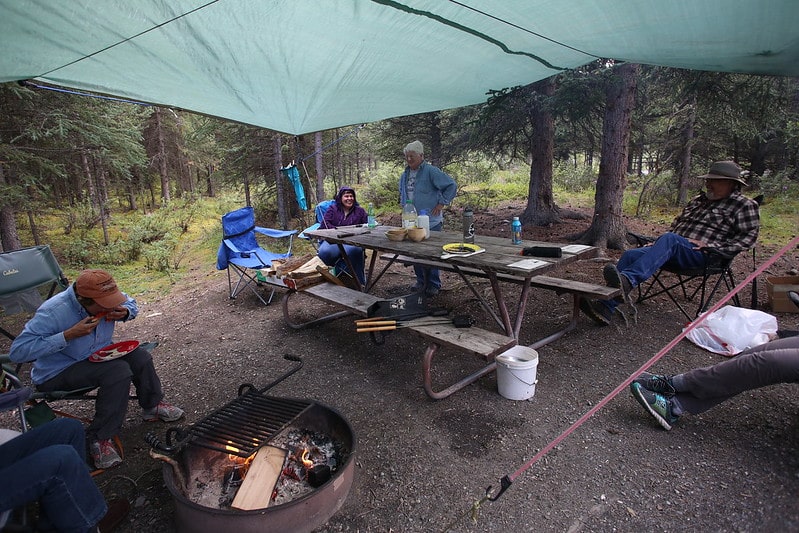
5. The park is larger than the state of New Jersey, and encompasses a vast wilderness, except for one road that traverses the park and a few scattered services mainly devoted to hiking and camping. It is a harsh and rugged environment and remains one of the few wilderness areas that remain unspoiled by human activity.
6. A gold prospector, William Dickey, is said to have named the mountain Mt McKinley after the presidential nominee at the time, William McKinley. He did so because of McKinley’s support for maintaining the gold standard. McKinley hailed from Ohio and had never visited the state of Alaska.
7. Denali means ‘the great one’ or ‘the high one’ in the local Athabascan Indian language and 63 years after the park’s foundation, in 1975, it was renamed to reflect this traditional usage. Aside from Mt McKinley, Denali has also been called Bolshaya Gora by the Russians as well as Densmore’s Mountain.
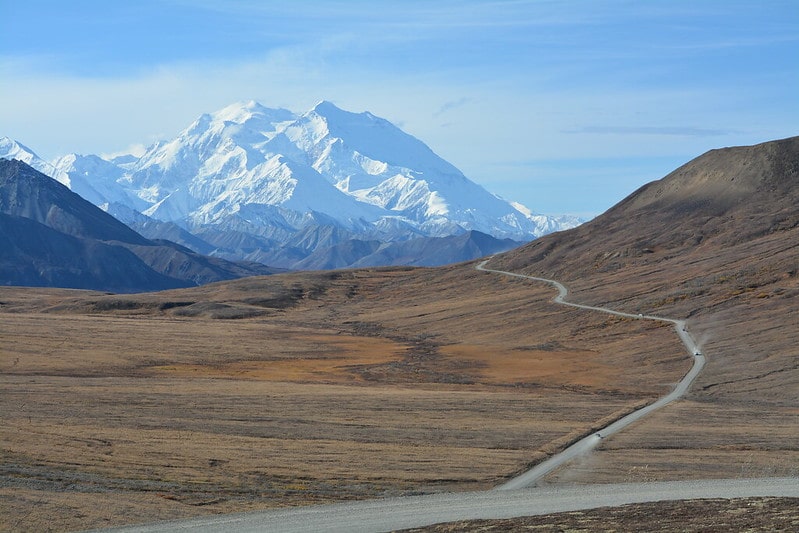
8. The Alaska National Interest Lands Conservation Act enlarged the boundaries of the park by four million acres, by adding reserves to the park and bringing its total to over 6 million acres and officially changed its name to Denali National Park and Preserve.
9. The US federal government, however, continued to call it Mount McKinley National Park. The peak retained the presidential name until it was finally officially changed in 2015 by the Department of the Interior.
10. Denali’s peak is 20,310 feet above sea level, making it the highest mountain in North America. The lowest point in the park is located at the Yenta River boundary and is only 200 feet above sea level.
11. While Denali is the highest peak in North America, it is not even in the top 100 of the highest peaks in the Himalayan range; Mount Everest itself has a height of 29,032 feet. Nonetheless, only two other continents, Asia and South America boast peaks higher than Denali.
12. Denali National Park and Preserve is a true wilderness area and has only one road. Construction of the Denali Park Road began in 1923, stretching for 92 miles it was completed in 1938. Spanning the park’s vast area, the road is the main and only access point for hikers, bikers and bus tours.
13. The road runs north of and roughly parallel to the Alaska Range. Only a very small section of the road is paved (since permafrost and the freeze-thaw cycle would damage constantly a paved road).
14. Private vehicles can only drive 15 miles into the park; shuttle buses are then used to provide sightseeing views or to reach locations where visitors can hike, fish, view wildlife and otherwise enjoy the park.
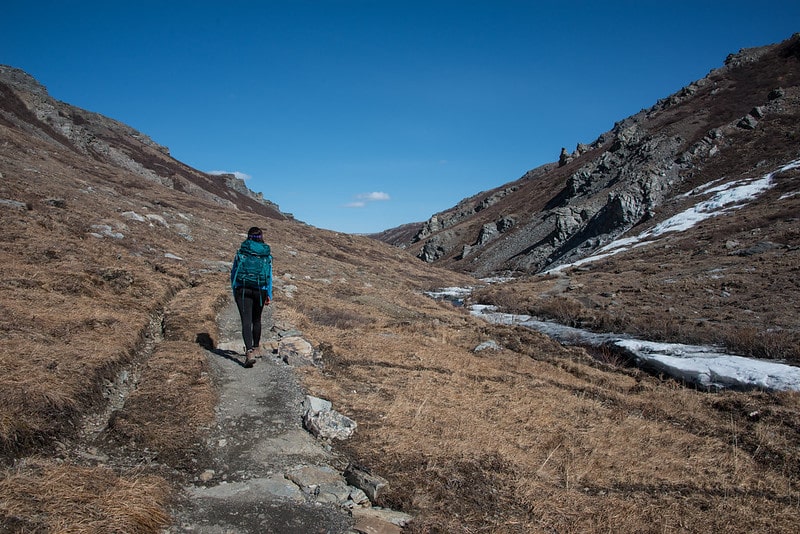
15. There is a turn around for motorists at the 15-mile point, and parking area for those wishing to hike the Savage River Loop Trail. Beyond this point, visitors can only access the interior of the park through buses.
16. A lucky few, however, can drive the entire length of the road. Every year the park holds a lottery where for four days winners are given a day-long pass to drive as much of the road as they wish (or that is accessible at the time).
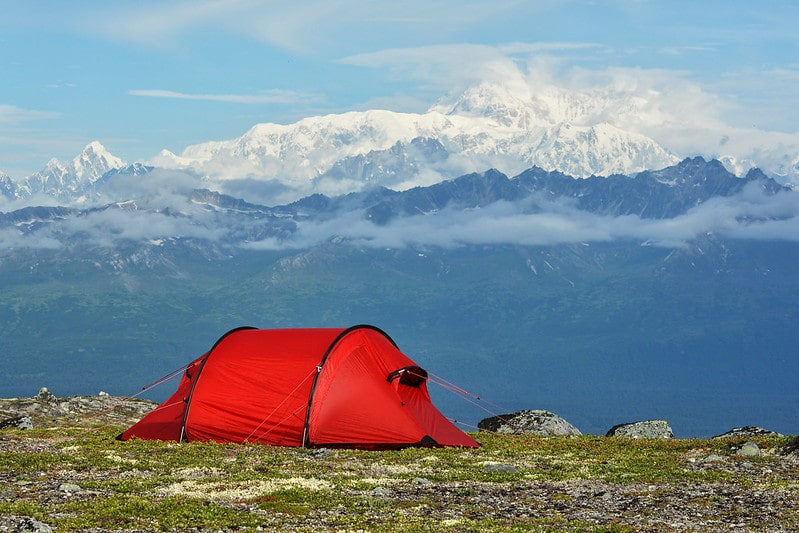
17. There are four camping areas located inside the park (Sanctuary River, Teklanika River, Igloo Creek, and Wonder Lake). Camping buses provide transportation to the campgrounds, but only passengers that have camping permits can use these buses.
18. While backcountry camping is available, a permit and experience of wilderness camping is a necessity. In general, this is not recommended because there is no assistance available and during the winter months conditions can be particularly harsh and there is likely to be no-one around for tens of miles.
19. Toklat River Contact station for visitors is located at mile marker 53 of the park where all shuttle and other buses make a stop near the Toklat River. The station features rest rooms, visitor information and a small bookstore.
20. There are several hikes available near the park entrance, including day hikes to Triple Lake (a round trip 9.5 miles), the lofty Mount Healy Overlook (a 5.4 mile round trip), and the relatively short Taiga Trail to Horseshoe Lake (a 0.9 mile round trip).
21. Mountaineering is a favorite activity in the park. The first climb to the peak of Denali was accomplished in 1913 with one of the members of the summiting party, Harry Karstens, later becoming the first superintendent of Denali.

22. Many mountaineers from around the world visit the park to take on the challenge of climbing Denali. Expert climbers can also test their skills on a wide range of peaks and ice walls throughout the park.
23. It is estimated that around 32,000 people have attempted to summit Denali, with a success rate of about 50%. The upper half Denali mountain is covered with permanent snow and features several glaciers making it a challenging climb.
24. Denali mountain range features extreme temperatures ranging from minus 75 degrees Fahrenheit to as low as minus 118 degrees Fahrenheit with the wind chill. This level of extreme cold is enough to freeze an unprotected human in an instant.
25. Denali National Park and Preserve consists of an environment of alpine tundra and boreal forest (taiga). Permanently frozen soils make up about 50 percent of the park’s landscape with most of the low elevation northern portions featuring continuous permafrost.
26. Recent modeling has shown that a warming climate during the next century is likely to reduce permafrost coverage to less than 1 percent of the landscape.

27. Glaciers cover more than one-sixth of the park, flowing away from mountains as high as 19,000 feet above sea level. The Kahiltna Glacier is the longest glacier in the park and in the entire Alaska Range. It runs 44 miles down the south-western side of Denali mountain.
28. Denali National Park and Preserve encompasses the central and highest portion of the Alaska Range as well as many of the glaciers and glacial valleys that run southwards out of the range. To the north, the glaciers feed the McKinley, Toklat and Foraker Rivers.
29. Earthquakes occur regularly within park boundaries, the most recent of which was a quake that measured 5.2 magnitude in 2011. A 7.9 magnitude quake was recorded in 2002 and is the largest recorded earthquake in the interior of Alaska. Most earthquake events occur within the Kantishna seismic cluster in the foothills located on the north of Denali mountain.

30. Denali National Park is known for being home to the ‘big five’ Alaskan animals: moose, caribou, Dall sheep, wolves and grizzly bears. Moose roam through the willows near rivers, caribou tend to favor the tundra, while Dall sheep can only be spotted in the high-altitude mountainsides. The park also features 39 other types of mammals.
31. The park is also home to wolves which are rarely seen but are an important part of the ecosystem. The biologist Adolf Murie has studied their habitat at Polychrome Pass Extensively and wrote a book on the subject, ‘The Wolves of Mt McKinley’.
32. The park is a great destination for birdwatchers with 169 species of birds calling it home during the year. Annually, species from six continents visit the park as part of their Alaskan migration.

33. The park has only one species of amphibian that can survive the extreme cold of Denali: the wood frog. It survives the harsh winter temperatures by being able to freeze solid during winter when its hearts stop beating and they stop breathing. They have what is called cryoprotectant chemicals that protect their cells during hibernation.
34. Sled dogs are used to patrol the park in the winter months and the park service has used them since it opened in the 1920s. This is the only national park in the US that uses sled dogs.

35. Visitors can see the animals during sled dog demonstrations in the summer and watch the dogs at work in the winter. Their kennels can be visited year-round. The park has a puppy cam available on which you can check out Denali’s newest sled dogs even if you can’t visit the park.
. . . continue reading on the next page
